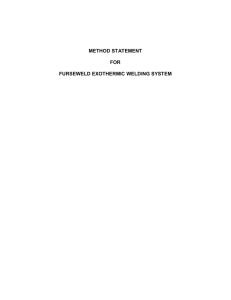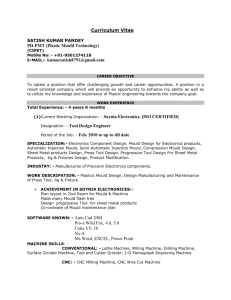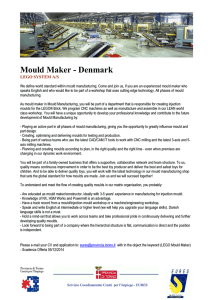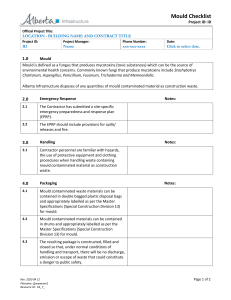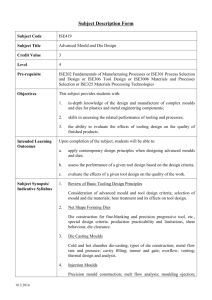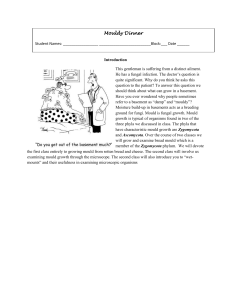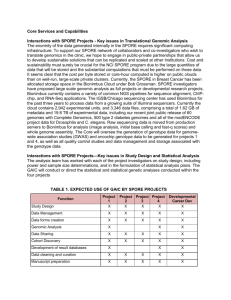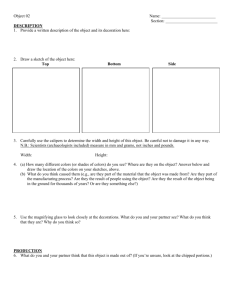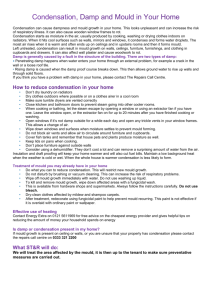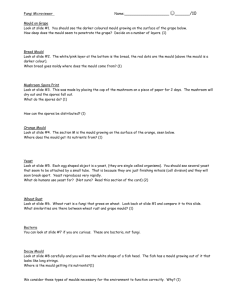MOULD IN BUILDINGS
advertisement
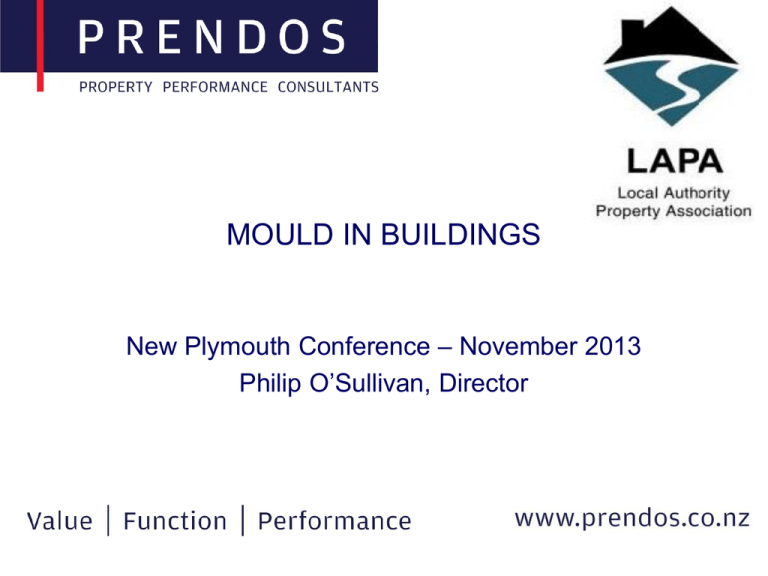
MOULD IN BUILDINGS New Plymouth Conference – November 2013 Philip O’Sullivan, Director Typical Buildings Affected • Residential • Educational • Healthcare • Accommodation • Offices All You Need Is: Dampness Cellulose Air Spores Cellulose is common in many building products: • Timber • Reconstituted wood panels e.g. particle board • Plasterboard (paper faced) • Kraft-based building papers e.g. black building paper • Fibre cement e.g. Hardiflex • Carpet with jute backing And in all types of construction: • Light timber framed • Light steel framed • Reinforced concrete masonry • Reinforced concrete • Structural Steel Typical causes of dampness • Leaking roofs • Leaking walls • Plumbing leaks • Air-conditioning – condensate drain leaks • Subfloor dampness – often poor ventilation • Flooding Reinforced Concrete Masonry Inside View Steel Framing Timber Framing Symptoms • Health issues (Adrienne to discuss) • Internal evidence of mould in walls – not common • Most often no obvious symptoms Best to obtain information BEFORE remediation commences • Sample collection - Adrienne to explain • Prendos prefers air sampling – helpful diagnostic tool • AVOID removing internal linings - if no choice then cover and seal opening Diagnostic Techniques Example from air sampling in concrete building with light steel framed walls. Colour coded to mould type and anticipated level of dampness. Comparing spore levels with possible levels of dampness Retaining Wall Leak Balcony Leaks Damp subfloor Options if high spore levels encountered: • Eliminate –takes time to remediate • Isolate – only if parts of building can be closed and sealed off • Minimise – improve ventilation or use recirculating air filters • Fixing or preventing the leak, without mould removal, often leads to increased spore levels. • Need to undertake on-going air testing if building is to remain occupied. Remediation - localised • If leak localised then possible to seal off affected area and remediate. • Need H&S plan • Provide negative pressure – extract fan to outside • Provide separate access from outside to prevent contamination • Check spore levels after decontamination and re-clean if necessary. • Check again as may have missed some contaminated material. Remediation - global • If leakage affecting a substantial part, or all of building then usually best for occupants to vacate during repairs. • If mould in external walls then leave lining on, remove cladding and remove other materials while damp. • If mould from located internally (roof or services leak): 1. Provide negative pressure – extract fan to outside. 2. Remove mould affected material. 3. Check spore levels after decontamination and reclean if necessary. 4. Recheck as may have missed some contaminated material. Severely decayed timber and mould spore levels were very high Decayed untreated timber, very limited mould growth. Thank You Any Questions?
